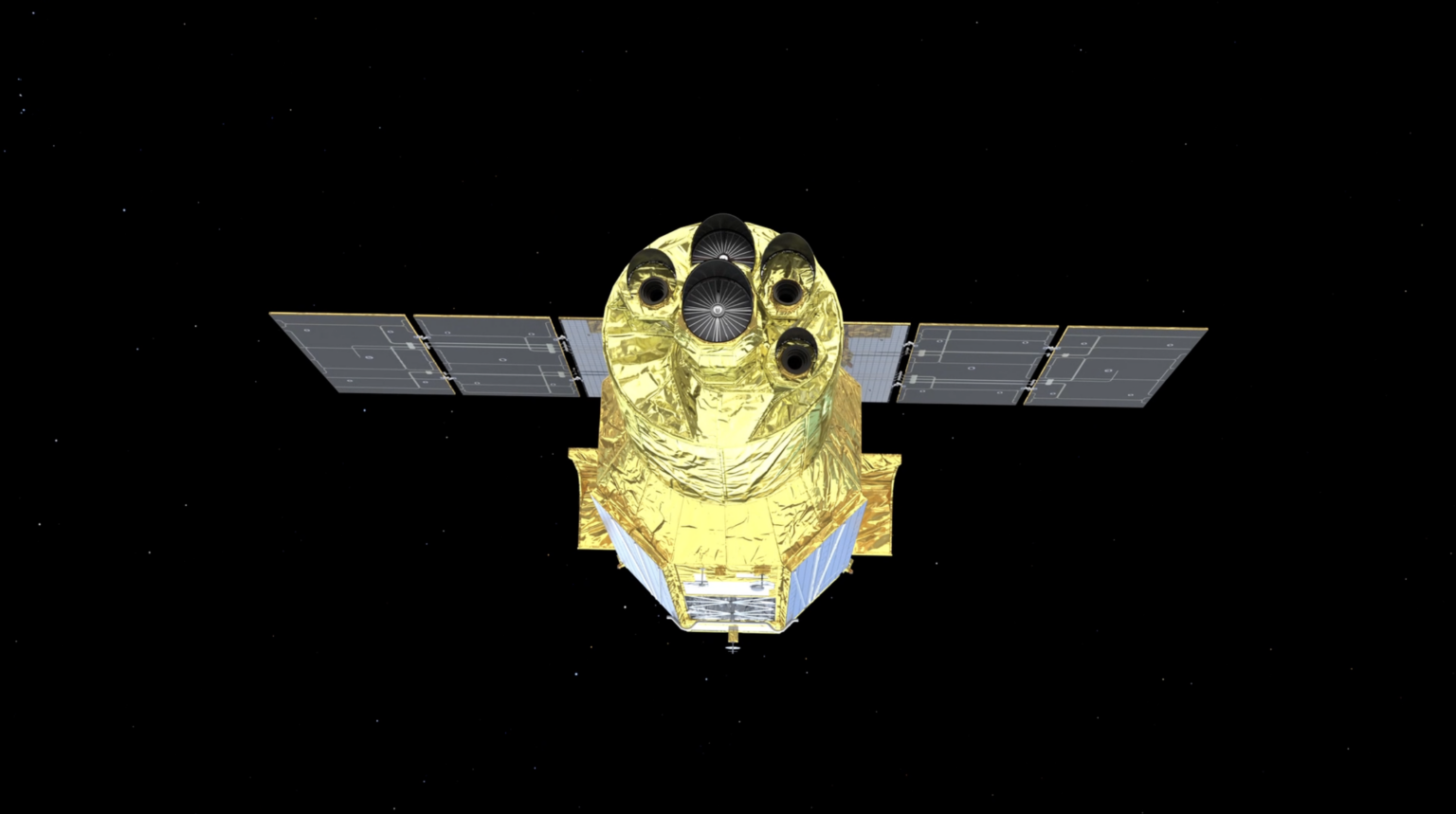The Japan Aerospace Exploration Agency (JAXA) successfully launched an H-IIA rocket. It placed the X-ray telescope XRISM into orbit, along with a lunar lander probe called SLIM (Smart Lander for Investigating Moon).
The XRISM observatory
The XRISM observatory has a mass of 2.3 tons and is equipped with two scientific instruments designed for observations in the soft X-ray range.

One of its primary objectives is to study the hot gas that fills galactic clusters. This will allow researchers to determine their mass, shedding light on the formation and evolution of the Universe. Other goals include studying point sources of X-ray observations, mapping the large-scale structure of the Universe, and investigating the history of the formation and distribution of chemical elements.
XRISM was placed into a 550-kilometer Earth orbit, roughly similar to the operating altitude of the Hubble Space Telescope. Its nominal service life is expected to be three years, with the possibility of extension.
The lunar sniper
In contrast to XRISM, the 590-kilogram SLIM probe will not remain in Earth’s vicinity. The spacecraft will perform a series of maneuvers to gradually increase its orbit’s apogee and head into interplanetary space. There, it will be captured by lunar gravity. This strategy allows for significant fuel savings, but it comes with a longer duration for mission realization. It will take almost four months for the Japanese probe to reach the Moon.

SLIM’s main task is to test precise lunar landing technology, earning it the unofficial nickname “lunar sniper.” It is supposed to land at a specified point near the Shioli crater with an accuracy of up to 100 meters.
SLIM’s payload includes several cameras and a pair of microrovers. One of the rovers will move across the Moon hopping instead of rolling, while the other can change its shape. Both SLIM and the microrovers are designed to operate on the lunar surface for one local day (equivalent to 14 Earth days). Source: SpaceNews
